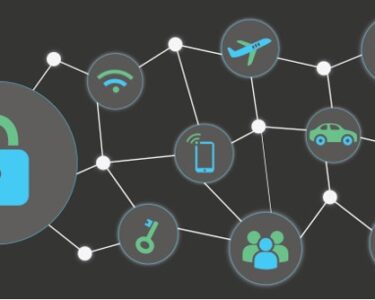
5G Technology: Unlocking the Future of Connectivity
5G, the fifth generation of wireless technology, represents a significant leap forward in the evolution of mobile communications. It promises blazing-fast speeds, ultra-low latency, and enhanced reliability, unlocking a world of possibilities for consumers, businesses, and industries alike.
Enhanced Speed and Capacity
5G networks boast significantly faster download and upload speeds compared to previous generations. With theoretical maximum speeds exceeding 10 gigabits per second (Gbps), 5G enables seamless streaming of high-definition videos, downloading large files in seconds, and powering bandwidth-intensive applications with ease.
Ultra-Low Latency
Latency, the delay experienced when data travels over a network, is crucial for real-time applications. 5G reduces latency to mere milliseconds, enabling instant responses and near-real-time data transfer. This opens up new possibilities for remote surgery, self-driving cars, and other use cases that demand ultra-fast and reliable connectivity.
Massive Device Connectivity
5G networks are designed to support a massive number of connected devices simultaneously. With advancements in cellular technology and spectrum utilization, 5G can accommodate the rapidly growing Internet of Things (IoT) ecosystem, where billions of devices seamlessly communicate and exchange data.
Enhanced Reliability
5G networks provide increased reliability and availability, even in congested areas. By employing advanced error correction mechanisms and multiple transmission paths, 5G ensures stable and consistent connectivity, enabling mission-critical applications that require uninterrupted service.
Applications and Use Cases
The transformative potential of 5G extends across various industries and sectors, fostering innovation and unlocking new opportunities:
- Smart Cities: 5G enables real-time data collection and analysis, empowering smart lighting, traffic management, and public safety initiatives.
- Healthcare: Ultra-low latency and high capacity support remote patient monitoring, virtual surgery, and the development of advanced medical technologies.
- Education: Personalized learning experiences, remote collaboration, and access to educational content are enhanced by 5G’s speed and reliability.
- Manufacturing: Automation, predictive maintenance, and real-time data analysis are revolutionizing manufacturing processes through 5G’s connectivity.
- Entertainment: Immersive virtual reality experiences, 4K video streaming, and cloud gaming are made possible by 5G’s ultra-fast speeds and low latency.
Deployment and Adoption
5G networks are being deployed globally, with varying speeds of adoption across different regions. The availability of 5G-compatible devices, such as smartphones, tablets, and laptops, is also a key factor in its widespread use. Governments, telecom operators, and industry stakeholders are actively collaborating to expand 5G coverage and accelerate its adoption.
Conclusion
5G technology is a transformative force that is redefining the way we connect to the world. Its unparalleled speed, ultra-low latency, enhanced reliability, and massive device connectivity empower businesses, industries, and consumers alike to unlock unprecedented possibilities and shape the future of connectivity. As 5G networks continue to expand and mature, we can expect even more innovative applications and use cases that will revolutionize our lives and shape the technological landscape for years to come.


